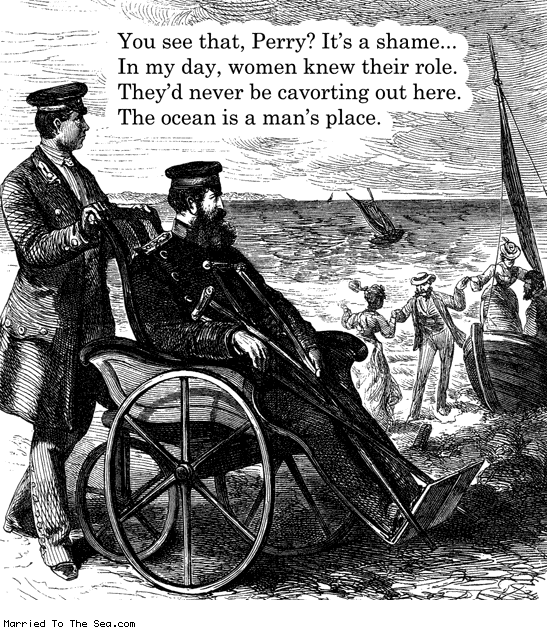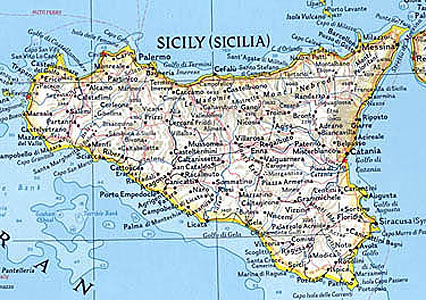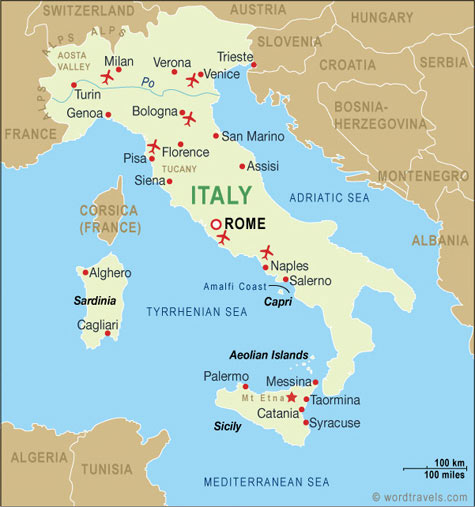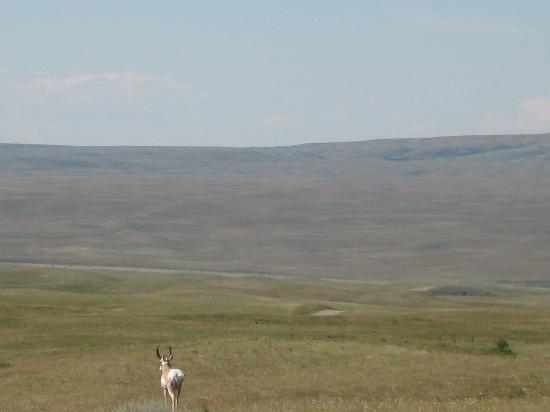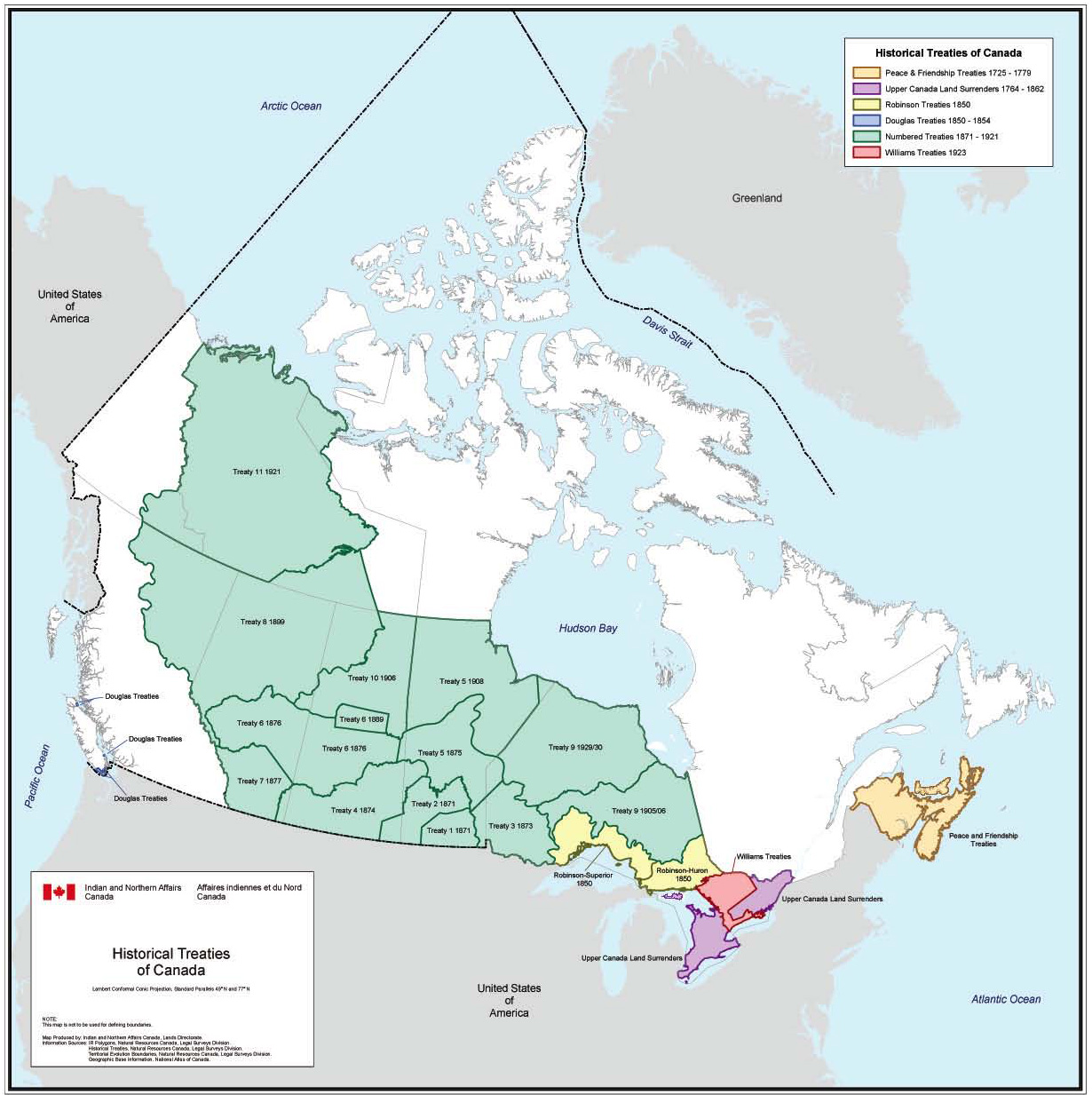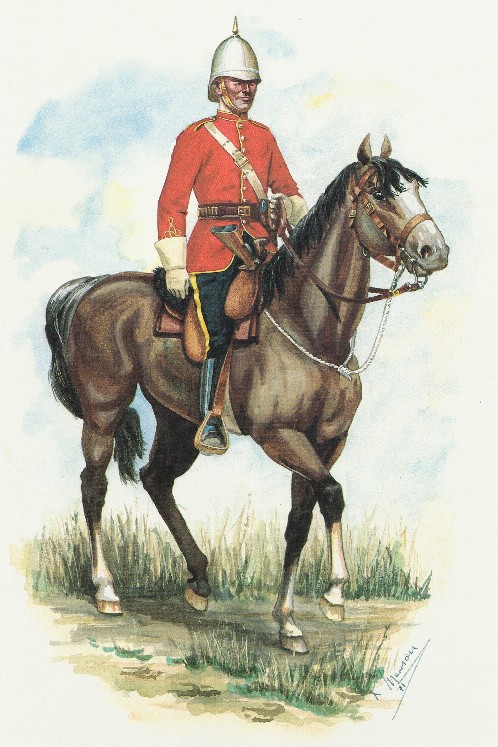What is a place?
In small groups, make a list of things that a place must have to be called a "place".
A place:
- has a location
- has physical and cultural characteristics
- can change
- interacts with other places
- is in a region
For example:
Sicily
1. Sicily can be found at 38º 08' N, 013º 23' E.
2. It is a large island with mountains and volcanoes and long sandy warm beaches.
3. Sicily has suffered from numerous eruptions from Mount Etna (the largest volcano in Europe) and earthquakes that have leveled towns.
4. Sicily has been invaded numerous times from the Greeks, the Carthaginians from North Africa, from the Romans, and from the Germans, the Americans, the Canadians, the British and the Australians in World War II.
5. Sicily is part of Italy and lies in the Mediterranean Sea.
